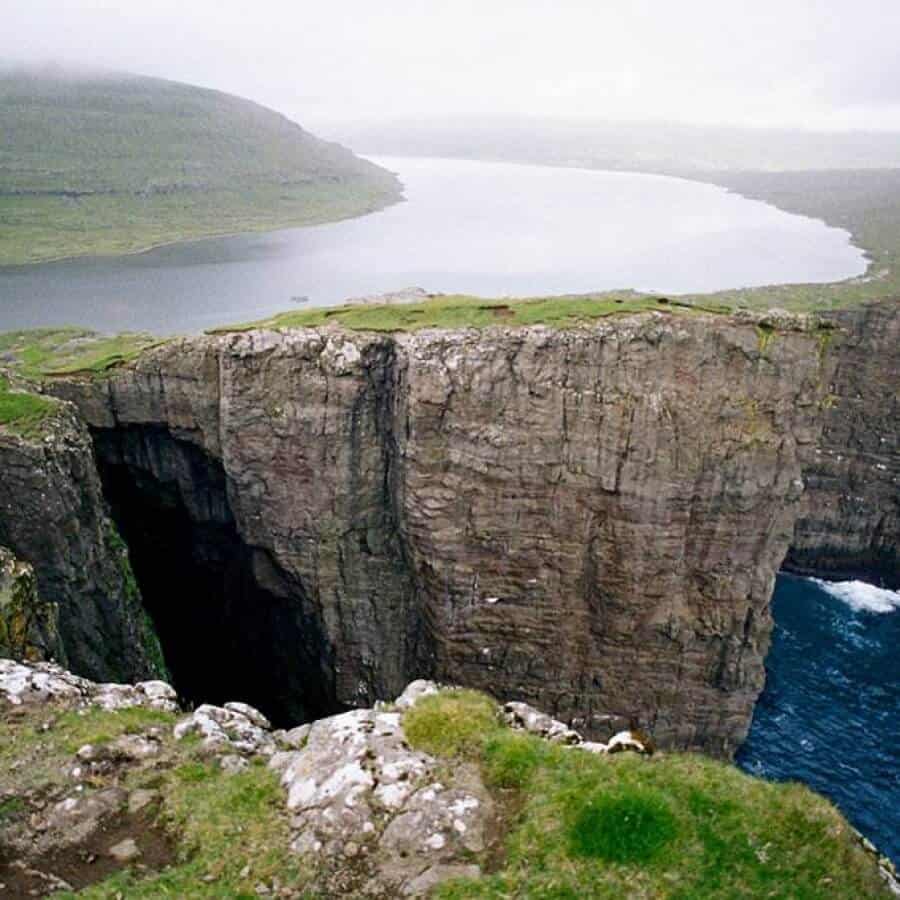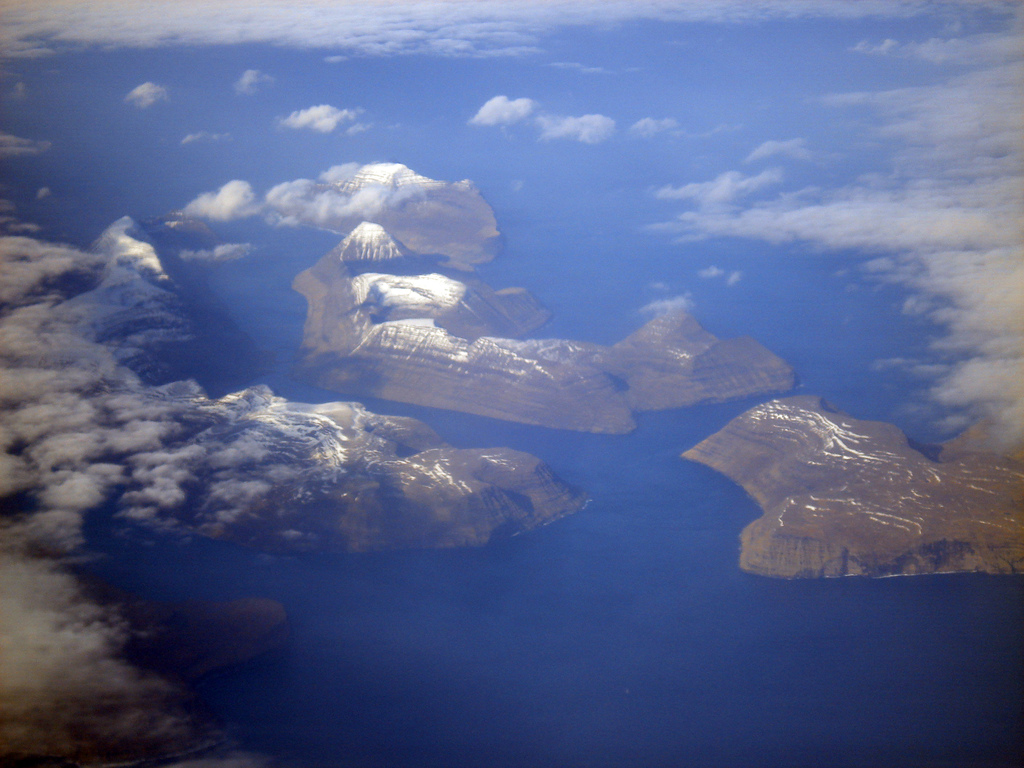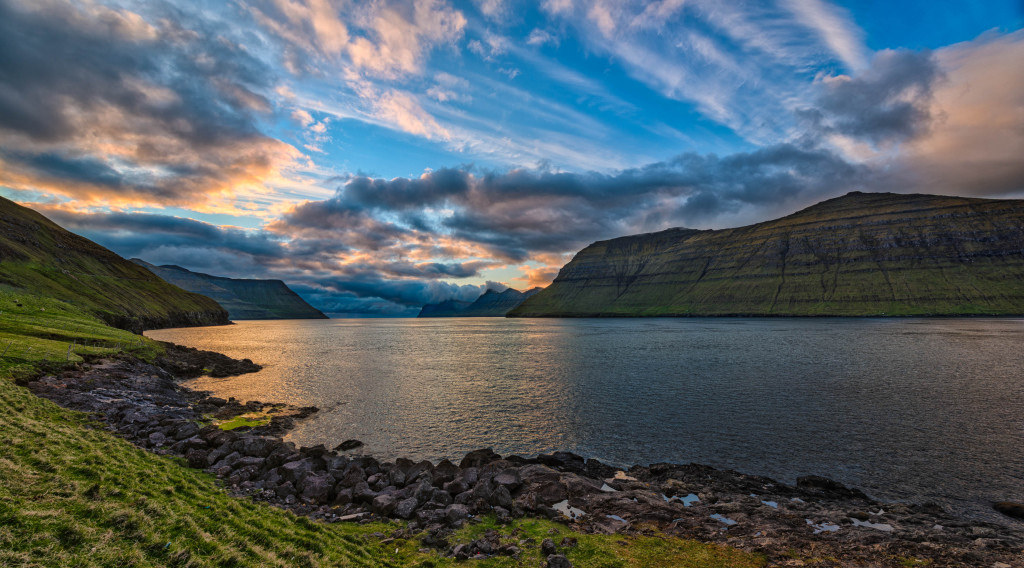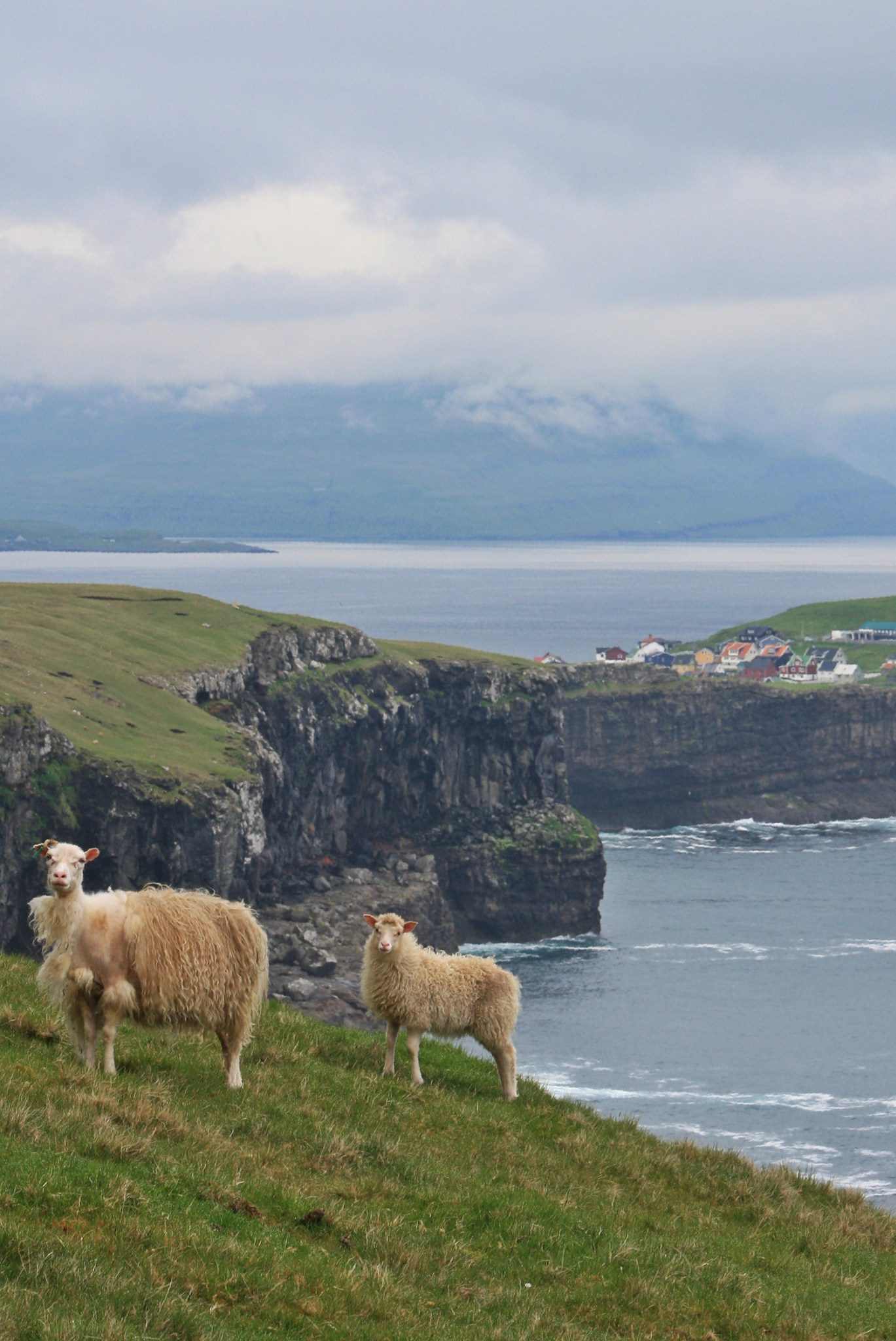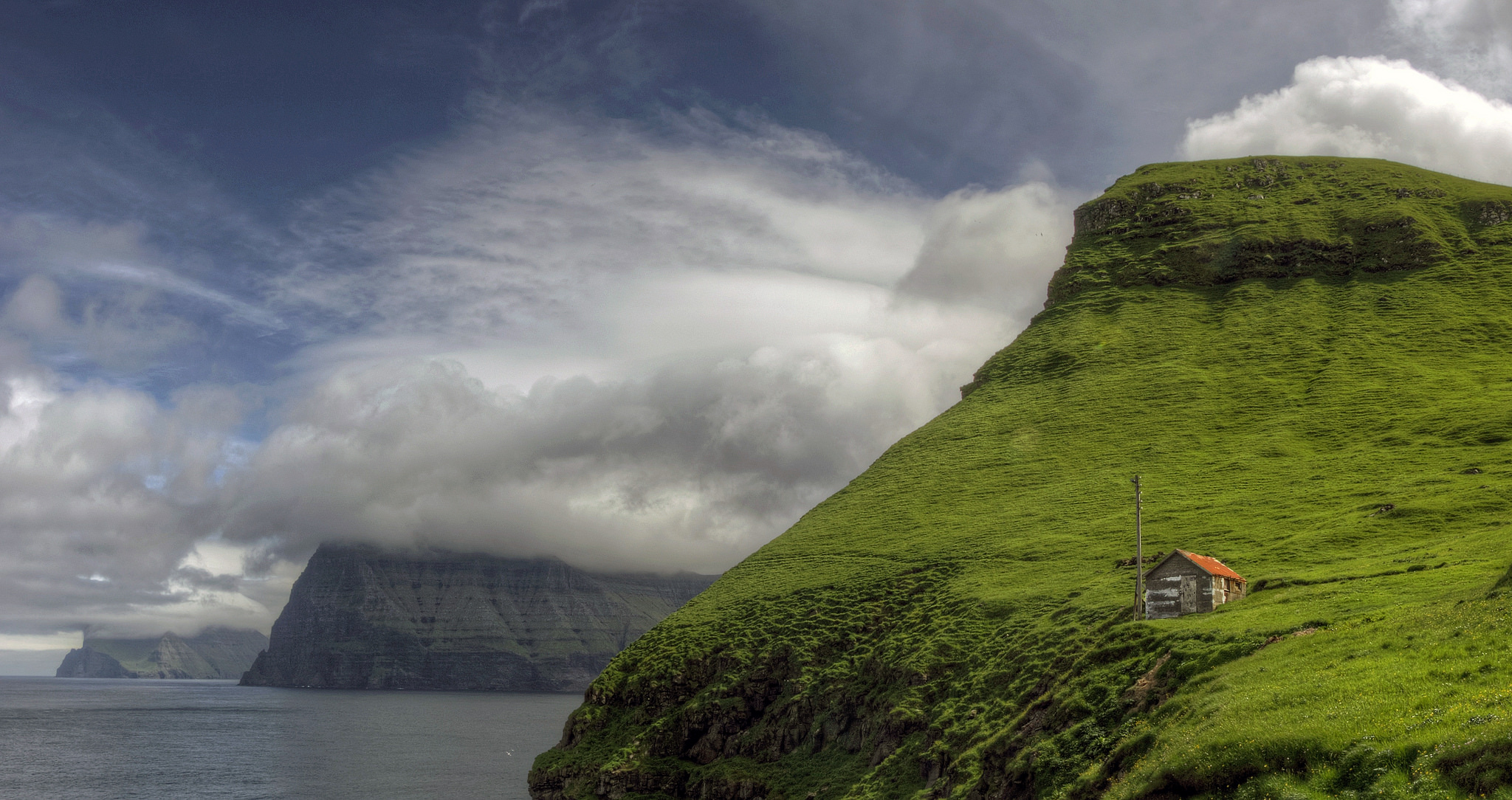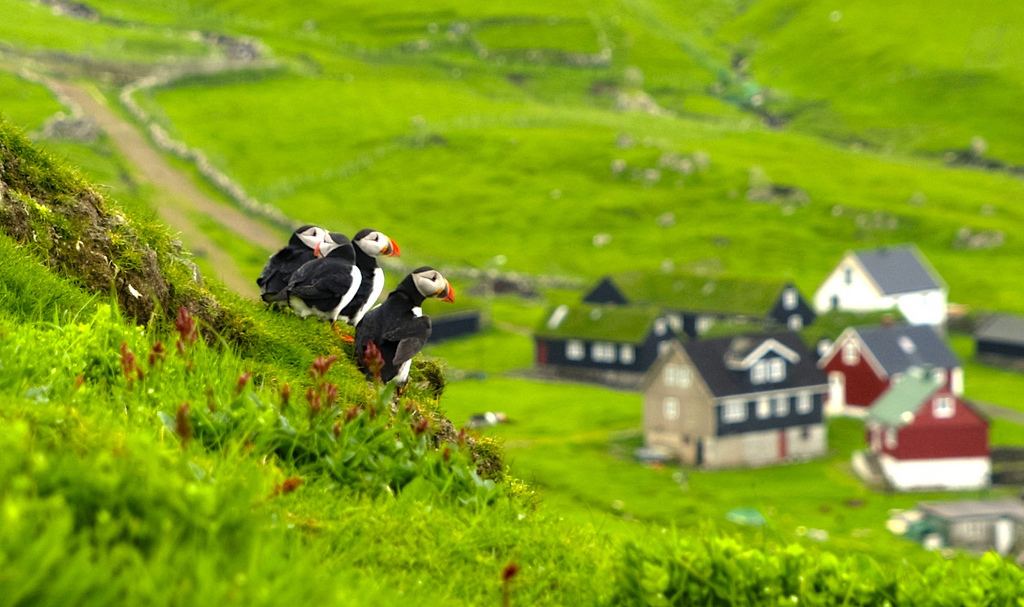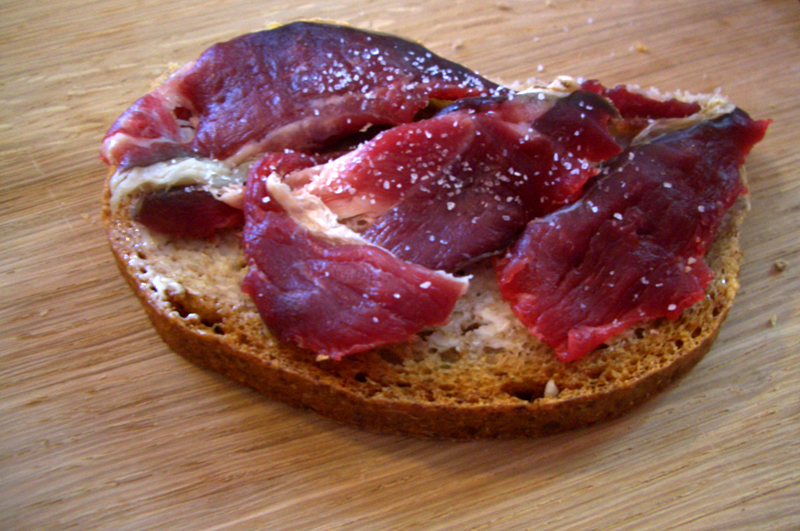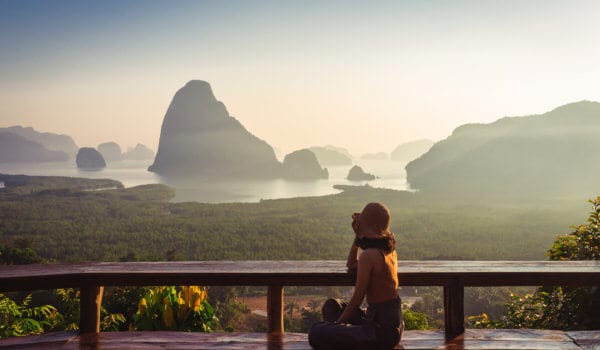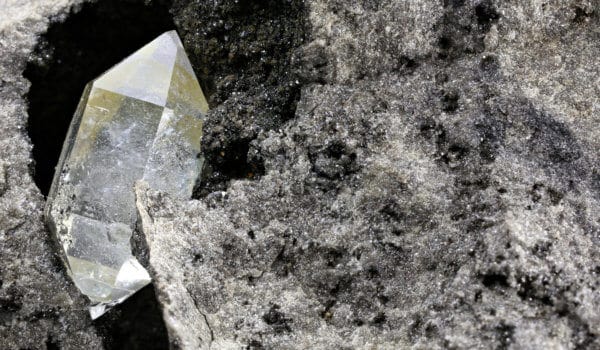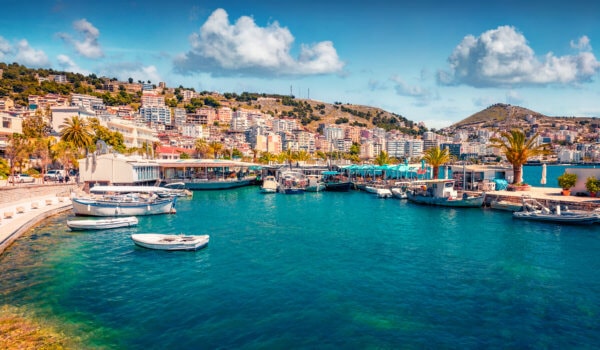Knowledge about the Faroese people and their islands is rare among continental Europeans. When news about them is broadcast in the media, it is usually related to the tradition of the whale and dolphin “grind” – or slaughter – that is controversial and leads to protests on the Continent. Keep on reading to get to know more about the Faroe Islands.
About the country
Aerial view of the Faroe Islands | ⓒ Cassiano Rabelo / Flickr
Let’s start with a few facts about the Faroe Islands. This European country is an archipelago located halfway between Iceland and Norway where the Norwegian Sea and the North Atlantic Ocean converge. The Faroes are an autonomous country within the Kingdom of Denmark. They are not, however, a part of the European Union. The Faroe Islands were a part of the Kingdom of Norway from the 11th century until 1814, when control over Islands was granted to Denmark. The Faroes have had the status of a self-governing country within the Kingdom of Denmark since 1948. The Faroese control most of their own governmental matters, excluding those related to military and foreign affairs. The Islands take part in sports competitions as an independent country, for example in football.
Sunset over the Fjords | ⓒ Bo Nielsen / Flickr
About the People
Friendly residents of the Faroe Islands | ⓒ Davide Gorla / Flickr
Did you know that on the Faroe Islands you are more likely to meet a sheep that a human? In fact, the name Faroe Island originally meant “Sheep Island”. Over 70,000 sheep live there while the human population is just 50,000. Still, if you visit the Islands, do not focus too exclusively on the sheep. Faroese people are definitely worth meeting as well – they are famous for their hospitality and cosmopolitanism. According to the National Geographic, the Faroe Islands are the friendliest community out of 111 island destinations worldwide. The cosmopolitanism of Faroese might sound unbelievable considering their isolation from the rest of the continent. Indeed, despite their remote geography, the Faroe Islands are a real cultural melting pot. Can you imagine that in a community that is smaller than the population of many continental towns there are 77 nationalities living together? In addition, can you imagine that there is no prison on the Faroe Islands? Crime rates are very low, and if prisoners require long-term incarceration, they get sent off to Denmark.
Finding solitude is not difficult on the Faroe Islands as there are only 50 thousand people living here | ⓒ Mariusz Kluzniak / Flickr
About the Landscape
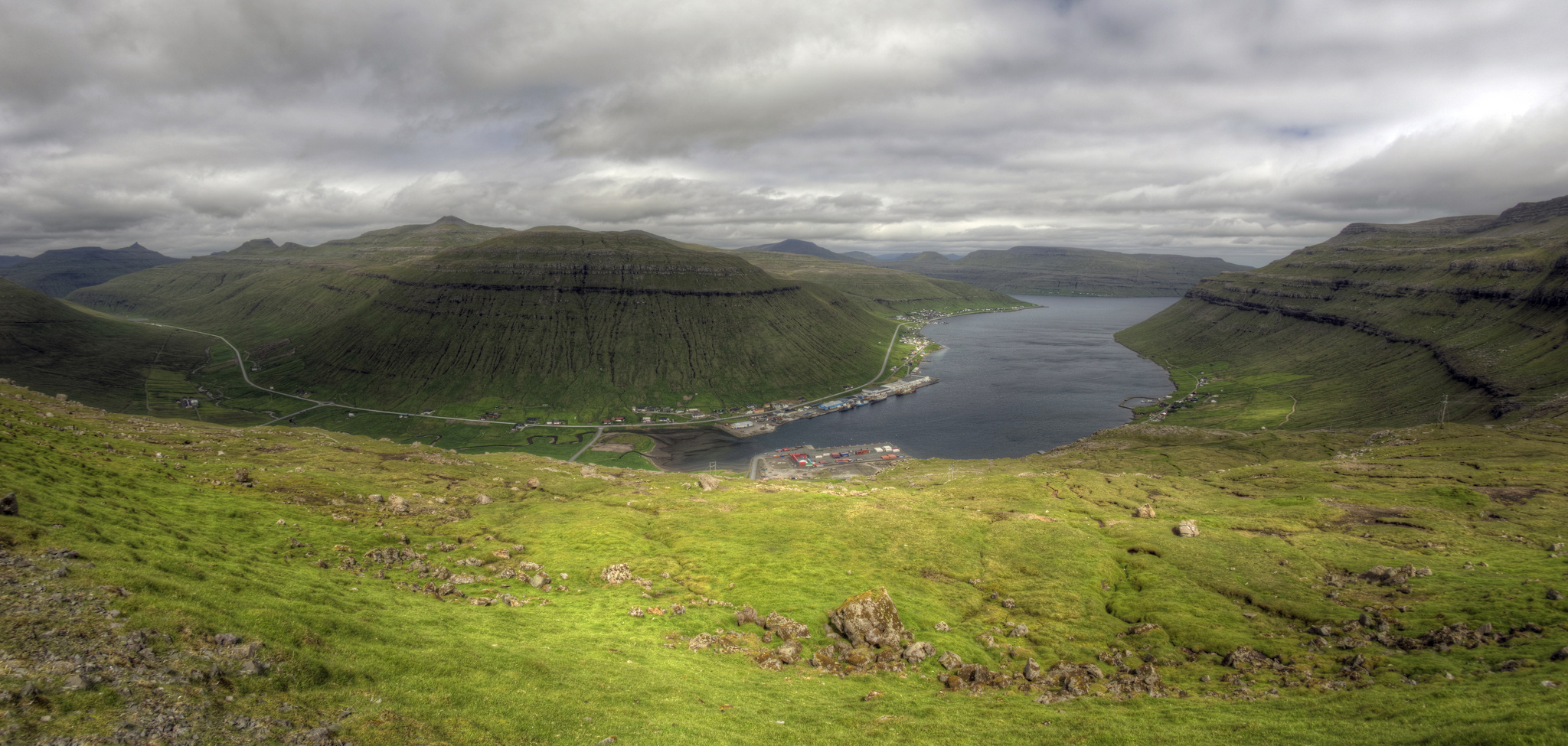
Breathtaking Faroe landscape | ⓒ Mariusz Kluzniak / Flickr
A fact about the landscape that will make you fall in love with the Faroe Islands instantaneously – on the islands you are never more than 5 kilometers away from the ocean! The weather, however, changes really quickly, so planning a morning jog by the ocean might be tricky. You will not, however, have to wait too long better conditions as the well-known Faroese saying is ‘if you don’t like the weather, just wait five minutes’. Another interesting fact about the Islands is that trees are not native to them. Trees do not really exist on the Faroes, nevertheless, recently the Islands imported some samples from Alaska – the Faroese figured that windy days on the small islands may be more bearable when surrounded by forests.
About the Fauna
Puffins – the cutest residents of Faroe Islands | ⓒ Mariusz Kluzniak / Flickr
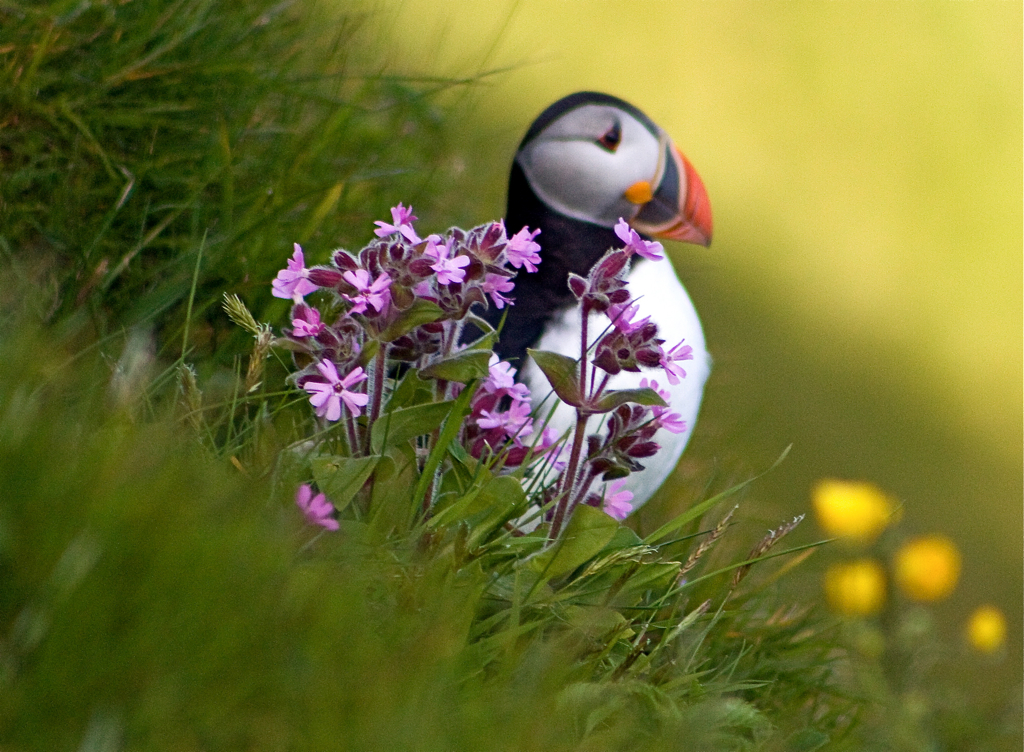
Faroese flora and fauna at its best | ⓒ Judith / Flickr
Sheep are not the only animals you can encounter on the Faroes. As the Faroe Islands have a history distinguished by 1,200 years of isolation, there are domestic animals on the islands that, in many cases, cannot be found anywhere else in the world. The Faroe pony, for example, has been recognized as a breed unique to the Islands that has a history reaching back to the 16th century. The pony used to be a help for farmers and was trained to… herd sheep. Today they are mostly kept by hobby breeders and used as riding horses for children. Also, bird watching is very popular on the Faroe Islands as there are approximately 300 bird species that can be seen there. Puffins are very common on the Islands, and there are around 10 times as many of them as humans on the islands! However, oystercatchers are the most important birds on the Faroes as they are recognized as the national bird. Their arrival on the Islands every March is celebrated as the start of spring.
About the Culture
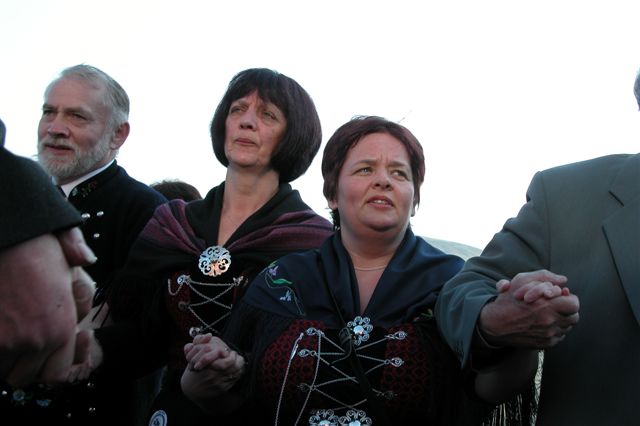
Living heritage of Faroese – the chain dance | ⓒ Erik Christensen / Wikicommons
On the one hand, the Faroese are a real cultural melting pot. On the other hand, because of their geographic isolation, the cultural trends and social movements that have influenced continental Europe have not affected the traditions of the Faroese. The language, for example, has nearly become extinct. After Danish became the language of the church, it also replaced Faroese as the official language used by the locals. In the 18th century, research on the Faroese language revealed a lot of fascinating remains of it with ancient ballads that were kept alive by passing them from generation to generation orally. Another important tradition linked to literature as well – the chain dance – is a continuation of a dance known on the continent of Europe in medieval times and is based on the long story which needs to be remembered in order to perform the dance. In the customary Faroese fashion, practicality is the key. There are, however, handcraft traditions which have been kept alive until today such as lace knitting. An interesting fact is that Faroese sweaters made of wool became so popular that in the 19th century they became a part of the uniform of Danish soldiers.
About the Food
Lamb skerpikjøt on a sandwich | ⓒ Katrin Svabo Bech / Flickr
What do Faroe islanders eat? For sure nothing from McDonald’s as the Faroe Islands are one of very few European countries that do not have this fast food chain. As fishing is the most important industry on the Faroes, making up over 97 percent of the country’s total exports, you will definitely find delicious fish and seafood there. The Faroese are also proud of their meat products, particularly the delicacy known as skerpikjøt – dried organic meat. What goes well with fish and meat? The Faroese have a surprisingly big selection of good quality beers. The 125-year-old Føroya Bjór, for example, is one of the oldest breweries in the whole of Scandinavia. Faroese beverages contain interesting ingredients such as rhubarb.
Support us!
All your donations will be used to pay the magazine’s journalists and to support the ongoing costs of maintaining the site.
Share this post
Interested in co-operating with us?
We are open to co-operation from writers and businesses alike. You can reach us on our email at cooperations@youthtimemag.com/magazine@youthtimemag.com and we will get back to you as quick as we can.
